Blog
SAP MES (MII/ME/DM) Integrated with Collaborative Robots (Cobots) to Reach Higher Levels of Manufacturing Productivity and Quality
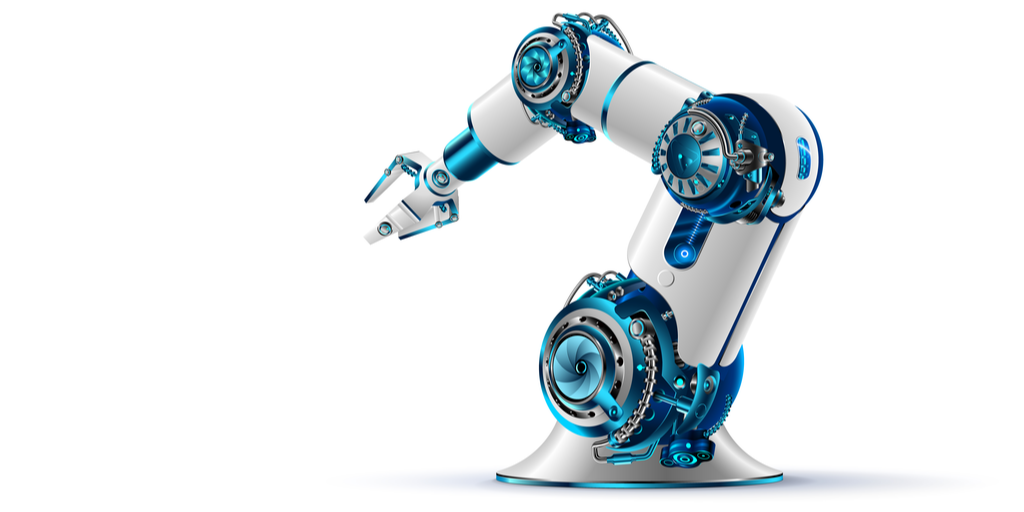
Industrial collaborative robots or ‘cobots’ are designed to be able to collaborate with humans in an intelligent and safe manner and are set to become a key part of industry 4.0 and beyond. Let’s have a look at the development of this new wave of cobots and how they’ll impact the future of manufacturing industries. As well, we will discuss the benefits of an intimate SAP MII, cobot and production line integration to achieve: near-human operator results from the cobot, increased productivity and higher quality. But first,
What are Cobots?
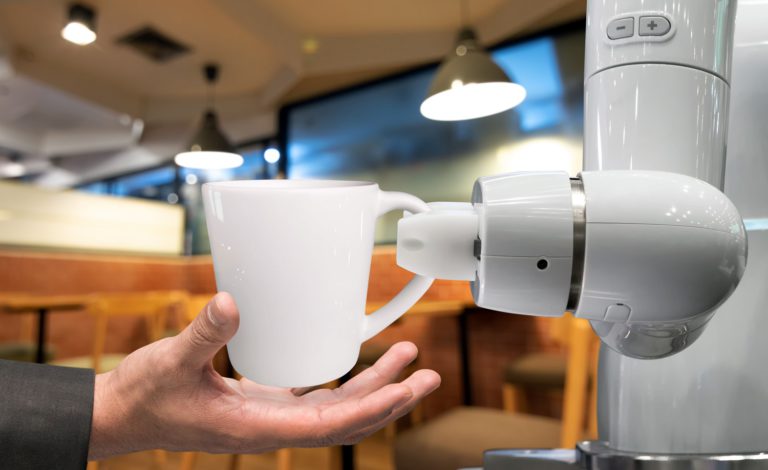
Collaborative robots are robots that are capable of collaborating with humans. They are capable of monitoring their environment and co-existing in close proximity with humans (without the large footprint safety guarding) without sacrificing performance or safety. This collaboration enhances human abilities in a safe way.
Automation is already evident on the shop floor, where the increase in human-robot collaboration is augmenting people’s jobs by freeing them up to work on higher-value activities. The result is higher productivity, leading to greater efficiencies and higher output in factories.
Today, cobots are the fastest growing segment of industrial automation. A report on a BMW assembly plant published in the MIT technology review found that, when humans and robots worked side by side, there was an 85% reduction in workers’ idle time when they collaborated with robots.
The cobot industry is growing at a rapid pace. It was valued at $580 million in 2018 and is expected by BIS Research to grow to a whopping $9.13 billion by 2024. And its no surprise, as these collaborative robots have various benefits, from productivity to safety on the floor.
Cobots have demonstrated ROI in the form of increased productivity, reduced operator ergonomic issues and lowered production costs. They are particularly effective for performing simple and repetitive tasks, but with the significant advantage of being able to work alongside human co-workers without causing safety risks to them. Unlike their co-workers that may get tired or lose concentration with repeated tasks, they can be programmed to take on such jobs to improve overall employee satisfaction while increasing production performance.
The Four Types of Collaborative Operation
There are currently four main ways that cobots are designed for manufacturers. Some robotic companies even allow businesses to tailor cobots for specific production needs.
1. Power and force limiting: The most typical of today’s cobots, these limitations enable the cobot to know how much power and force a human can withstand and instantly cease activity if an obstacle is encountered. The energy of any collision is kept below maximum levels as defined by ISO standards.
2. Safety monitored stop: Sensors make the cobot aware of its human workers’ proximity and if a hand or other body part gets too close to what the cobot is doing, it will cease its activity.
3. Speed and separation monitoring: Sensors detect human immediacy and reduce operating speeds as the distance is closed.
4. Hand-guiding: Cobots which are hand-guiding enabled have an end-of-arm device which is sensitive to pressure. The sensors allow the cobot to learn from an operator how to hold an object and how fast to move it so it can be operated on or moved without damage. Hand-guiding cobots are ideal for use in delicate production lines.
What Value do Cobots Provide?
Eliminate Repetitive Tasks: Without automation, workers would be stuck doing repetitive tasks by hand every day. This kind of labor can have adverse effects on the health and well-being of workers. Cobots help eliminate those strenuous tasks.
Easy To Use: These machines don’t need programming experience to use and tune according to your company or workers’ preferences. They can easily be taught through cobot-designed software on a computer. Collaborative robots are also lighter and more compact than their fully-automated counterparts, making them easier to set up.
Flexible: Because cobots are smaller than their industrial big brothers, they’re also more mobile. Some machines can be wheeled from one station to the other with minimal hassle. Apart from having mobile and flexible hardware, collaborative robots also have flexible software.
Safe: Unlike industrial robots, collaborative robots are designed to work side by side with humans.
Cobots with Vision
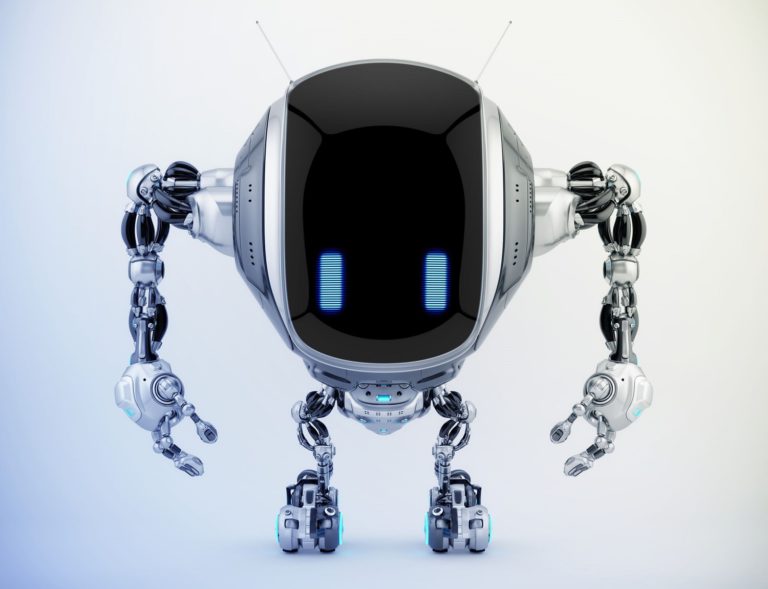
The right Artificial Intelligence (AI) and Machine Learning techniques can provide “eyes” to cobots. This dramatically improves safety and functionality as a result of more environmental information for decision consideration.
Computer vision uses pattern recognition and learning techniques to make sense of video images. It is part of the intelligence within the cobot vision system to enable extended operational capabilities. With the right input from cameras and other sensors, these autonomous systems can see and be completely aware of minute part details and required actions based on their tasks.
By giving cobots vision, we can extend their functionality to include:
- Read and Scan Barcodes
- Categorize a Product or Item by Color, Size, or Shape
- Count Items
- Adjust the Path of the Cobot by Providing Feedback from the Vision System
- Inspect Components for Any Defects or Issues and report to SAP QM or provide a QC data stream for SAP MII SPC analysis
- Identify a Component Accurately while auto-posting to SAP inventory
When paired with 2D cameras, cobot arms are suitable for pick-and-place operations, with 3D cameras, these affordable robots become useful for bin picking and inspection (with calibration).
Automate your Fastener driving and drilling applications, along with providing part Coordinate Measurements
The cobot can be used to automate most screw driving and drilling applications. The space-saving cobot can also be reprogrammed quickly via SAP MII and used with different machines, making it the perfect choice for small production lines or changing workflows and operational set-ups. The cobot can even be programmed to provide coordinate measuring machine (CMM) functionality while providing this information to SAP for quality checking and product dimensional compliance.
Cobots- Maximizing the Efficiency of CNC machines
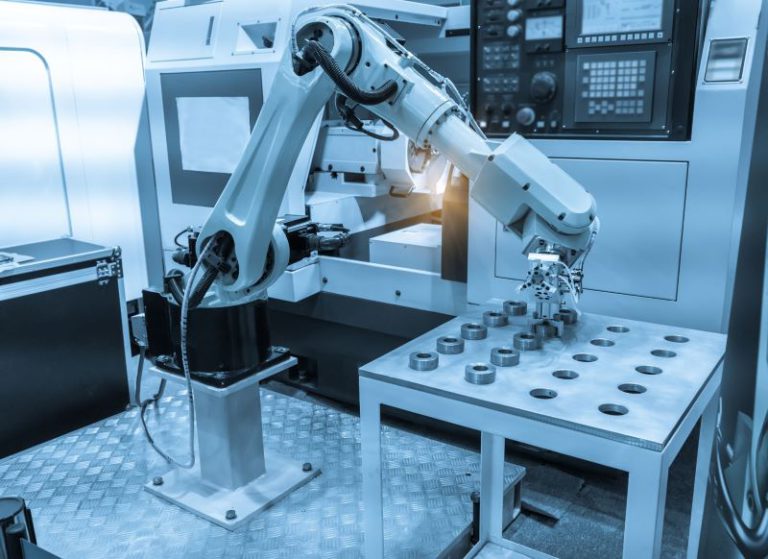
Robotic arms maximize efficiency for CNC or injection molding machines, optimizing production and improving performance.
Let’s understand this with the help of an example. RSS Manufacturing & Phylrich—a manufacturer of plumbing fixtures and faucet fittings in Costa Mesa, California—discovered Universal Robots while researching how to meet a large, fast-turn order of 700 valves. “Our CNC machine can normally do 400 valves per month with two shifts, so we would have been forced to buy another machine even if we put a third shift on,” said CEO Geoff Escalette. The company deployed a UR5 from Universal Robots and put it to work 24/7. The result: RSS Manufacturing & Phylrich met the order in just 11 days while opening up 30 percent more capacity on existing machinery.
Here’s another example. Osvald Jensen, a Copenhagen-based firm also turned to cobots. The company now uses cobots equipped with OnRobot’s RG2 collaborative grippers to load and unload its CNC machines. Initially, the cobots would load a part, wait for the process to finish, unload the part and pick up a fresh one: a perfect application that worked well. Yet there was room for improvement on this single-gripper setup. Adding the RG2 gripper increased the productivity of its CNC machines by being able to handle two objects simultaneously, placing raw stock in the chuck in the same cycle as the machined part is removed. The cobot arm was a great investment that fully released the potential in the already-installed fleet of CNC machines.
SAP MES (MII/ME) Integration Benefits with Cobots:
Quality
- Capture and record cobot vision photos for quality tracking
- Verify dimensional data of production parts with the cobot and send the data to SAP QM, apply SAP MII SPC, etc
- Obtain actual torque and torque angle data from the cobot for specific part screws/bolts to compare to required specifications in SAP
Productivity
- 100% consistent repeatability and a never tiring effort to perform endless tasks ensures the highest level of productivity for mundane or complex tasks
- SAP MII can provide the cobot with specific information (such as gripping force) to execute “multiple diversified product” tasks
- Track and record extensive cobot feedback information, cycle time, incidences, maintenance requirements via SAP MII to share data with SAP PM, QM, etc
Load and Unloading of Machines with no idle time
Creating Custom Pallets
- Provide customer order information to create multiple product mixes and stacking sequences, see this incredible video below, do we need to say anymore?
Collaborative Robots Are Ushering in Industry 5.0
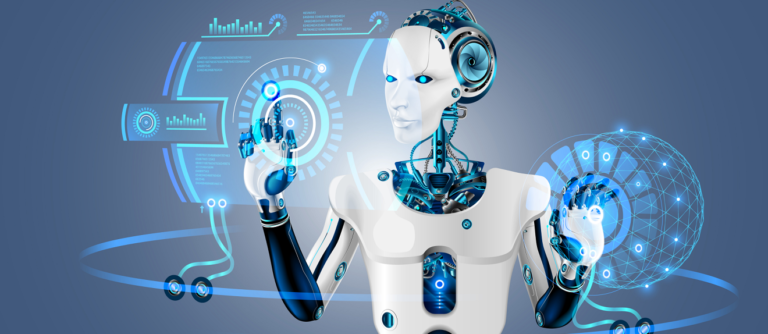
Where Industry 4.0 was focused mainly on ensuring consistency of quality, flow, and data collection, Industry 5.0, while still focused on these goals, puts more attention on highly-skilled people and robots working side-by-side to create individualized products, from smartphones to cars, for the customer.
In Industry 4.0, humans and robots worked independently. They may have worked on the same production line but there were clear delineations between where the robot worked and where the human worked.
With Industry 5.0, that delineation gets hazier as humans and robots start to work side-by-side and even together. These types of robots, known as collaborative robots will accomplish the required tasks of repeated heavy lifting and ensuring consistency while the skilled human provides the cognitive skills of a craftsperson.
Unsurprisingly, cobots will become much more prevalent within the manufacturing industry in the years ahead.
Talk to us to see if cobots can help your production achieve higher performance.
